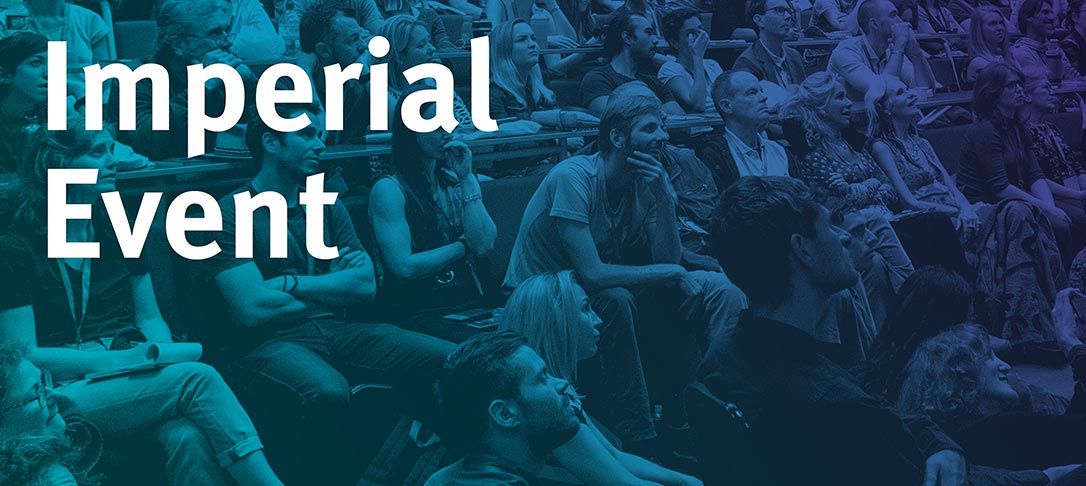
Puncture mechanics of soft solids: A theoretical perspective
Mattia Bacca
Mechanical Engineering Department, Institute of Applied Mathematics,
School of Biomedical Engineering,
University of British Columbia, Vancouver – Canada

Abstract: The determination of the critical puncture force required to pierce a soft material is key to improve surgical technology (e.g. robotic surgery), manufacturing (e.g. food processing) and in-situ material characterization. This seminar discusses a mechanical theory able to calculate the critical depth d_c and force F_c required to insert a cylindrical needle with a spherical tip into a hyper elastic material. Needle insertion occurs as a mechanical instability, by which the needle-specimen system snaps between the ‘indentation’ configuration and the ‘penetration’ one, which then becomes energetically favored. The model considers quasi-static indentation, thus neglects rate-dependent behaviour in the material, and frictionless contact. Both d_c and F_c are functions of the toughness and shear modulus of the cut material, and of the radius of the needle. The scaling relations obtained from the model are then compared against experiments to observe good agreement. Finally, to account for frictional and adhesive contact between needle and specimen, the model is extended to correlate interfacial properties with the evolution of the puncture force with penetration depth. The extended model is again compared against experiments to provide validation.
 Speaker Biography
Speaker Biography
Mattia Bacca obtained a Bachelor and Master degree in Civil Engineering at the University of Trento (Italy), in 2009. He then obtained a PhD in Structural Engineering at the same university, in 2013. Then he joined the Department of Mechanical Engineering and Materials at the University of California, Santa Barbara (USA) as a Postdoctoral Fellow. Finally, he joined the Department of Mechanical Engineering at the University of British Columbia (Canada), in 2017, as a faculty member. His research is devoted to understanding the biological world through the use of mechanics with the development of mathematical and computational models.